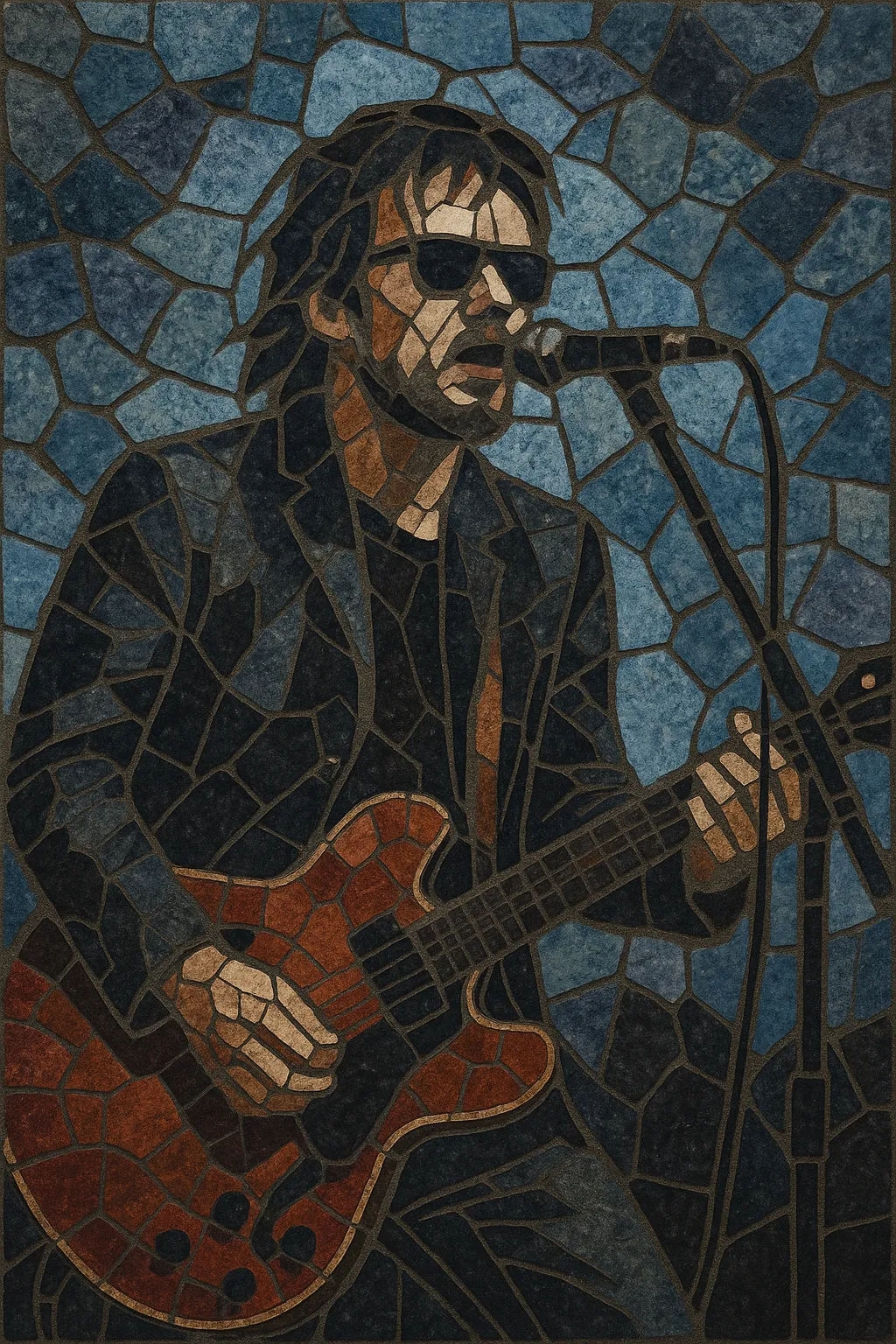Finnish rock (often called “suomirock”) is a broad umbrella for rock music made in Finland, notable for its melodic guitar work, singable choruses, and a lyrical bent that mixes everyday realism, irony, and Nordic melancholy.
It grew out of 1960s beat, rock and roll, and rautalanka (a local, twangy instrumental rock), then absorbed punk and new wave energy in the late 1970s, and hard rock and glam sheen in the 1980s. Many of its flagship acts chose to sing in Finnish, establishing a distinctive identity separate from Anglo-American rock.
Across decades, the sound ranges from high-octane boogie and rockabilly inflections (Hurriganes) to glam-infused hard rock (Hanoi Rocks), anthemic mainstream rock (Eppu Normaali, Popeda), and more alternative or art-minded currents (Sielun Veljet, CMX).
Finland’s first rock waves arrived with 1960s beat and rock and roll, quickly taking on a local color through rautalanka—clean, echoing guitar instrumentals influenced by The Shadows and surf music. Although many bands covered Anglo-American hits, the foundation for a uniquely Finnish approach—melodic guitars and direct, danceable rhythms—was laid.
In the 1970s, Finnish-language lyrics became central to the scene’s identity. Artists like Juice Leskinen and bands such as Hurriganes brought swagger and local storytelling to the fore. The late 1970s punk explosion and new wave sharpened the music’s edge and encouraged DIY scenes, rehearsal spaces, and independent labels.
The 1980s saw Finnish rock become a mainstream force. Eppu Normaali, Popeda, and Dingo scored massive hits that blended approachable hooks with a distinctly Finnish sensibility—everyday themes, bittersweet humor, and a touch of melancholy. Hanoi Rocks exported a glam-inflected hard rock style that influenced international scenes and inspired later Scandinavian rock bands.
The 1990s brought diversification: alternative and art-rock currents (Sielun Veljet, CMX) coexisted with emerging international successes. The 2000s saw global breakthroughs for bands like HIM and The Rasmus, whose melodic, dark-tinged rock appealed widely while retaining Finnish roots in melody and mood.
Contemporary Finnish rock continues to span classic boogie, alternative and indie, and hard/metal-adjacent styles, sustaining a strong live culture (festivals, clubs) and a tradition of Finnish-language songwriting that keeps the genre’s identity vivid and locally grounded.


